What to Do with Your Metal Detecting Finds?
What to Do with Your Metal Detecting Finds?
You’re back from your metal detecting adventure and you dump a few fist-fulls of coins on the table along with a bag of metallic junk. What are you going to do with all this stuff?
It’s easy to decide what to do with the coins, but it’s the other discoveries that take some thought. Here we examine the many ways to benefit from processing the coins and non-monetary treasures that you collect. This includes the immeasurable pleasure you get from returning someone’s long-lost wedding ring.
That’s always a safe strategy. A man finding jewelry, for example, generally doesn’t know what appeals to women. You might find a cheap-looking bracelet and not know that it’s a classic Italian charm bracelet with collector value. That zone of uncertainty often applies to the other trinkets you find in the ground.
Coins are probably the easiest to evaluate, since most are worth exactly face value. Some detectorists memorize a handful of coin dates that are worth taking a second look at, such as the 1943 copper penny.
Many coins minted before 1800, early American and colonial coins, are worth thousands of dollars. Anything from the 1800s is worth setting aside.
Note that the steel 1943 penny is common. The rare copper 1943 penny is also the subject of fakes and frauds.
In addition, keep an eye out for any coin process errors, such as double die presses, off center stamping, or double stamps.
Most of the jewelry you find will be costume jewelry, which is common and inexpensive. Still, with changing fashion trends, even these can be favorites for teenagers or collectors.Quality jewelry items are engraved with the purity of the metal used.
These marking are based on parts per 1000, so a gold ring engraved with “375” will be 37.5% gold. This same hallmark percentage holds true for silver. Of course, the higher percent purity the more valuable the find.
The biggest mistake detector people make is to think only in terms of melt value for the metals. Jewelry in particular holds much of its worth in the design, engineering, and craftsmanship of the piece. Often, an old piece of jewelry will fetch more if cleaned up and resold than if sent to the smelter. If you find a ring, for example, with an unusual setting or unique design, consider the effort added by the artisan to be a big part of its value.
Precious and semi-precious stones in jewel are something to keep an eye out for. Even costume jewelry often has gemstones worth retrieving. This includes stones from rings, necklaces, broaches, and hair pins.
Everyone knows a diamond ring can be worth a lot, but even here there are factors such as cut, color, mounting, and size in carats that will determine the value. The same is true for less common gemstones, such as tanzanite, opal, beryl, musgravite, alexandrite, emerald, ruby, sapphire, and jadeite. Here you will need the opinion of an expert, or at least a reference book on gems.
Far less valuable, but worth collecting, are the semi-precious stones found in much of the common jewelry. These include onyx, amethyst, tiger’s eye, quartz, and jade, to name a few. some have found one of the best ways to assess this value is to look at jewelry parts suppliers, where you can see bulk prices for both the semi-precious stones and their mountings.
Here again, the rule of thumb mentioned above applies. Relic values are all over the map and often fluctuate depending on the times.
This subject is so broad that it requires some caution and research before toss that “junk” into the garbage heap. If you’re finding a lot of vintage items in your area, it might be worthwhile to consult books that cover garage sale values or vintage collectibles.
Various metals (scrap metals) gets us into one of those areas, like magnet fishing, that’s really on the periphery of metal detecting. But anyone who goes metal detecting regularly begins to accumulate a good-sized pile of metals, finds that belong no where else but the scrap heap.
Although many detector enthusiasts toss these into the trash, it pays to keep an eye out for the more valuable types. Here’s how to tell if it’s worth it for you: Keep your scrap metal finds in a pile after one month of metal detecting, then consult the chart below to estimate how much the finds are worth..
There’s that happy time when you plunk down on the table all the loot that you’ve gathered on you metal detecting excursion. So then, what do you do with it? The choice is yours. On rare occasions, like finding a toy car in the sandbox at the playground, I just leave it there. Like most folks, however, I take most of it home and then decide.
For coins, most folks clean them up and they go right to the coin counter machine . It’s easy to decide what to do with the coins, but it’s the other stuff that takes some thought. Fortunately, there’s no shortage of options on what to do with your finds.
An informal survey among prospectors indicates that most non-monetary finds are given away to children, family members, and friends. This is especially true of jewelry and toys. There’s a real pleasure in giving, and it opens an opportunity to talk to them about metal detecting.
Selling can be difficult. You have to offer a clear value but consider what you find is free to you.
Go to an auction site, like eBay, and you can see people selling their “detector finds,” Usually it’s a bunch of buttons, costume jewelry and damaged rings. Best chances at selling seem to be when you include a vintage item or two and offer several silver or plated rings. You can also sell such items at garage sales and flea markets.
A good number of prospectors clean up and refurbish old or dirty items to then resell them or put them to use. This includes old and slightly damaged tools, relics, and pieces of finds that can be repurposed into other craft items.


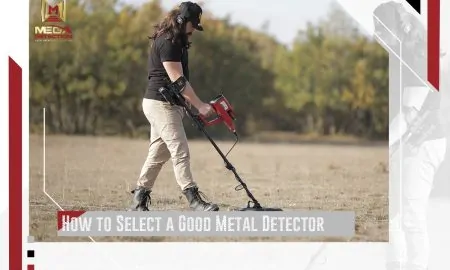

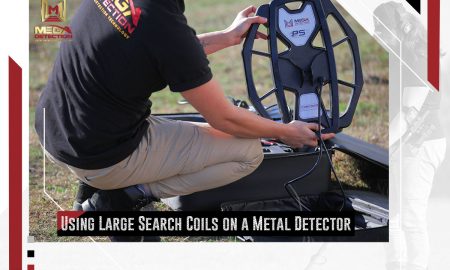
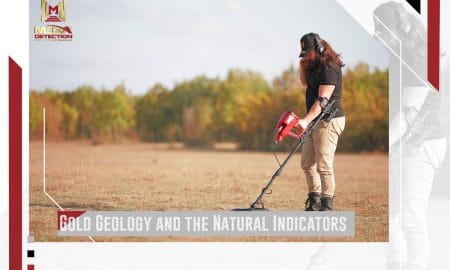

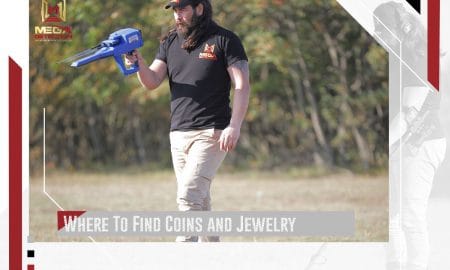
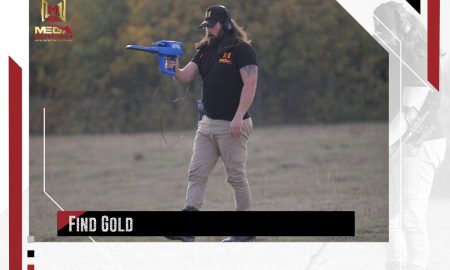
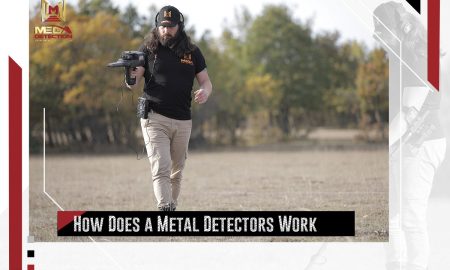


Leave a Reply